How To Grow Your Garden Soil Healthy At Home
I learned this garden soil amendment recipe from Mr. Jojo Rom in his manual, “Urban Container Gardening: A home farming manual”. All errors and omissions are mine, however.
- 2 parts coco peat or rice hull or semi composted sawdust
- 1 part dry and sieved ordinary soil (no stones, pebbles, and other impurities)
- 1/2 part vermi cast or any animal manure except horse’s and carnivorous animals
- 1/2 part powdered coco shell charcoal or carbonized rice hull (CRH)
- 1/4 kitchen ash, if soil is clayey, yellowish, or reddish in color (acidic)
Here in Bacolod City, the Philippines, I use saw dust. I ask for them from a lumber shop, and they give them to me for free, as this is their waste. Usually, we’d haul around 30 50-kg bags to maximize the jeepney rent that I pay for P350.00. They just ask me to replace their sacks. I buy the sacks at the Libertad Market at P8/sack. I also give a tip to their men who put the saw dust in sacks for P10/sack. Below is semi-decomposed sawdust.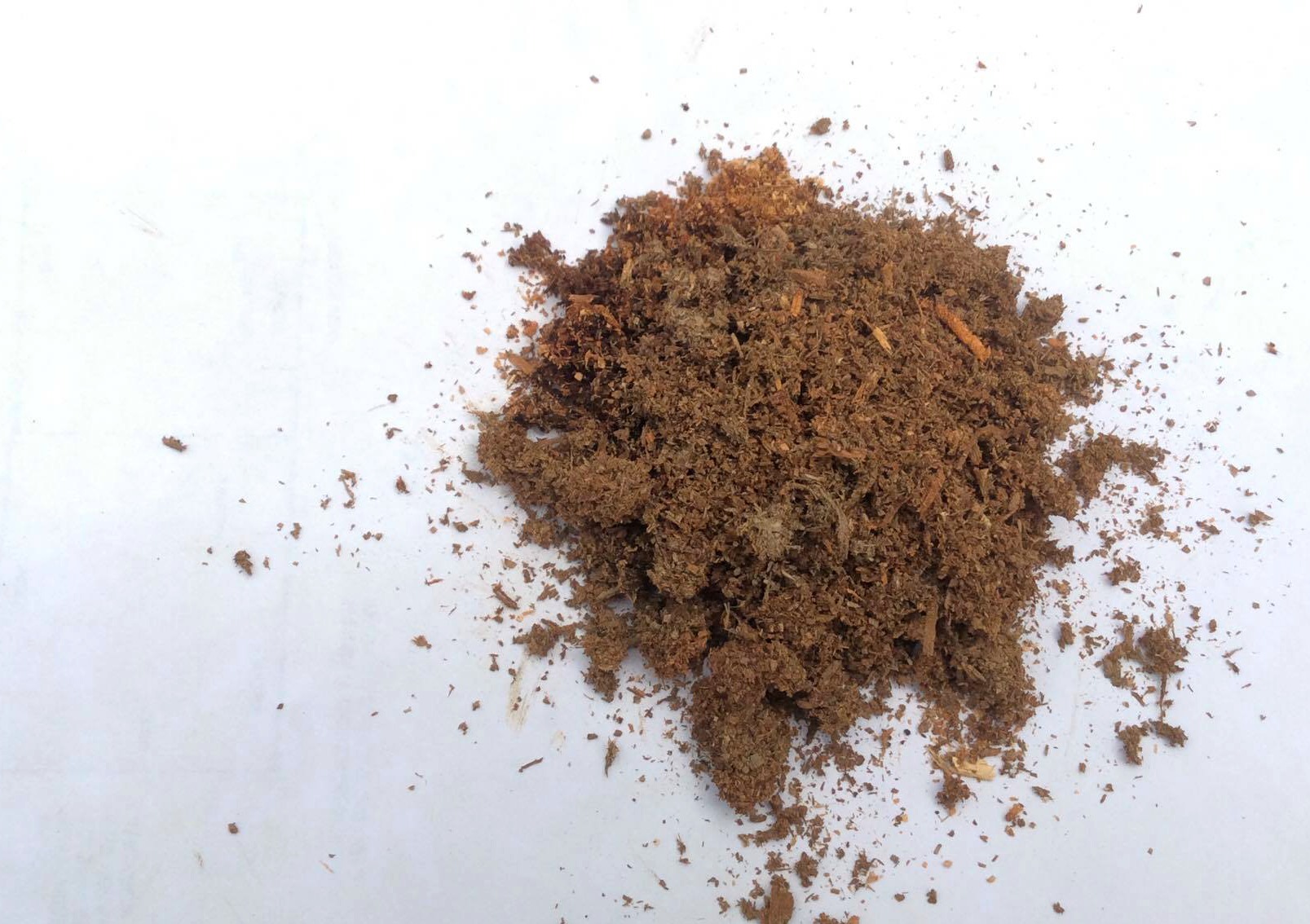
As a side note, I expose my saw dust to rain and sun so they decompose faster.
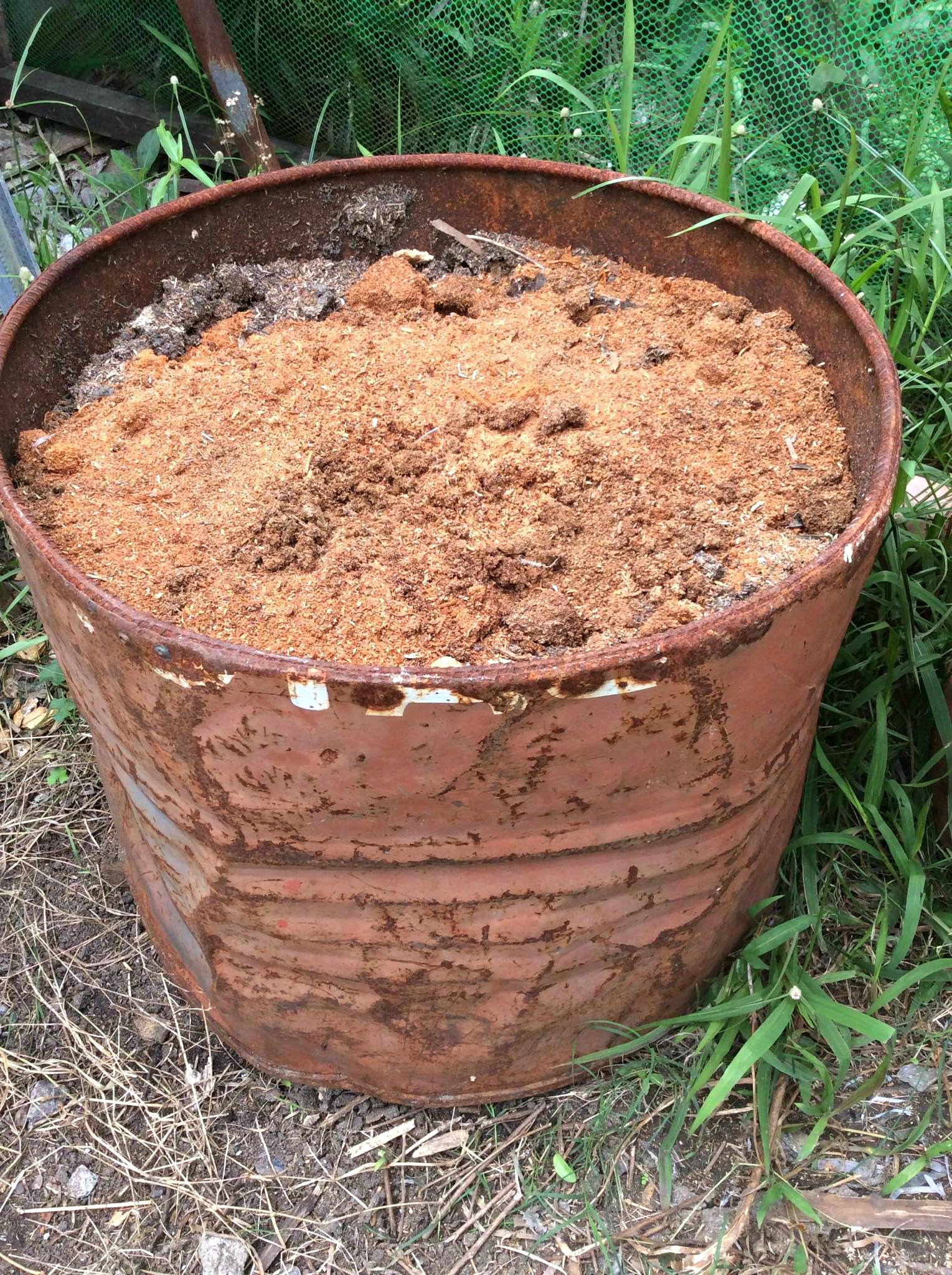
My garden soil is clay. They harden during the summer months, and become gooey during the rainy months. It was so hard to garden with this kind of soil. Now that I learned how to amend the garden soil, my life is easier, and my plants love the friable garden soil, of course.
For the garden soil, I look for “bonbon” (an Ilonggo term), which means “top soil”. This soil can usually be found in compost heaps in my garden, as well as in many vacant lots around my house. The picture below is the bonbon (top), unsieved bonbon (lower right) and sieved bonbon (lower left). I use sieved bonbon when I prepare garden soil to germinate seeds, and use the unsieved bonbon in my garden beds..
For the worm castings or vermicompost (vermicast), I get this from my existing worm compost bin. Below is the worm castings or vermicompost (vermicast). 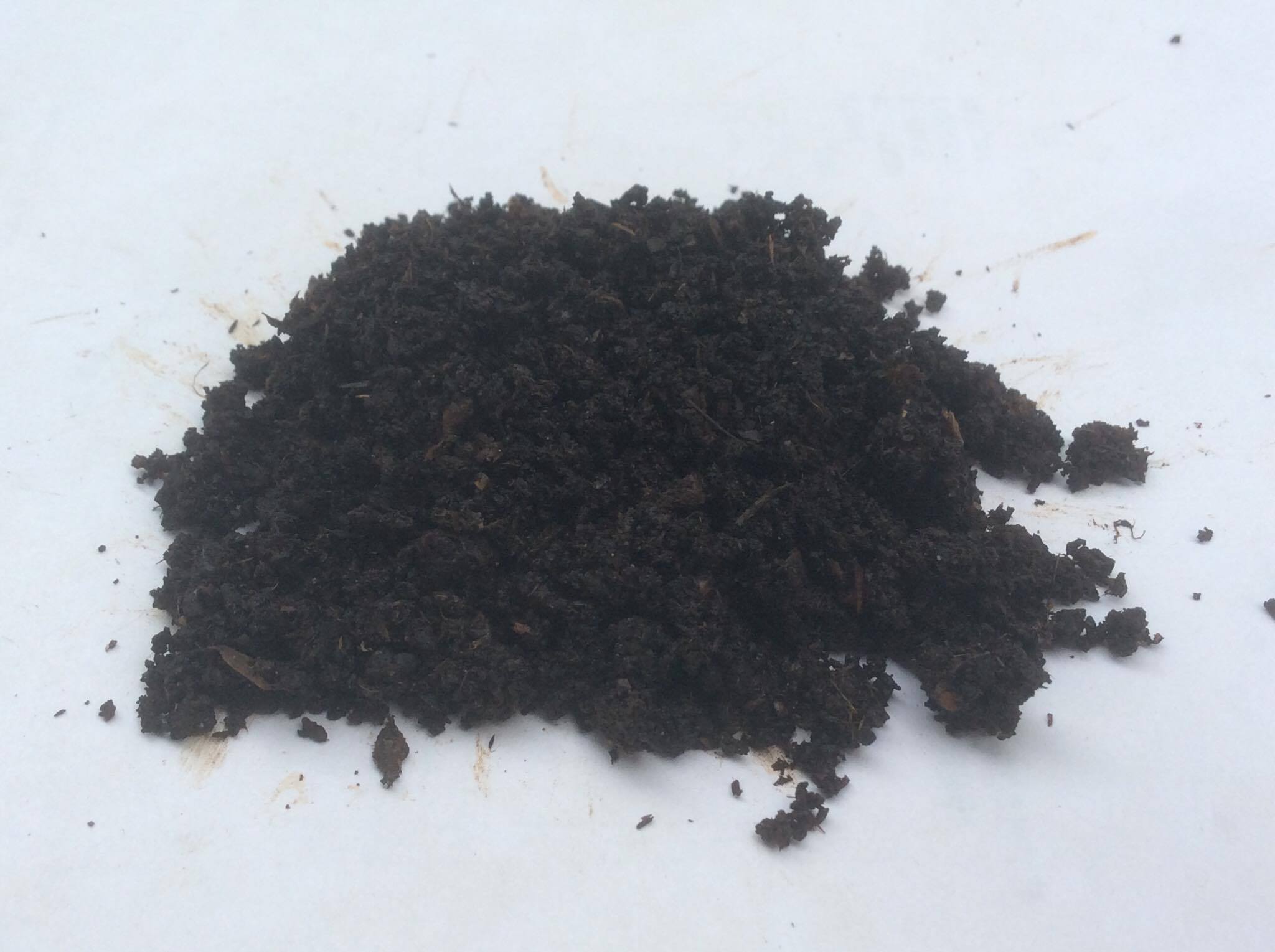
I’m not yet able to put in carbonized rice hull in my garden beds. Instead, I increase the rice hull ash content into 1 part. Below is the rice hull ash.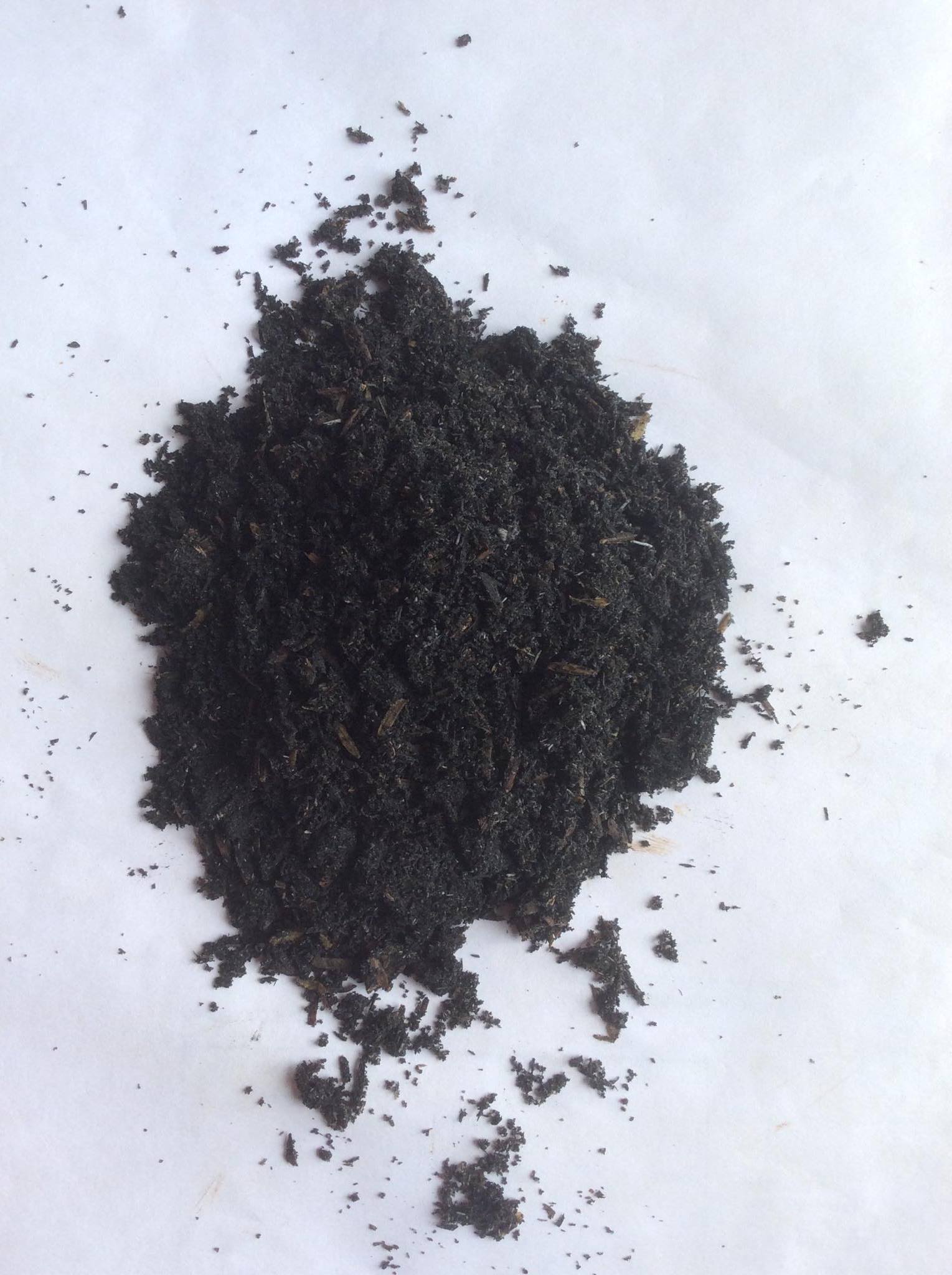
I mix all “ingredients”, and voila, I have a friable garden soil (below).
Along the way, I also add crushed egg shells into the garden soil to deter slugs and snails. I also water the soil with urine mixed with water and vermitea.
See the difference in my garden soil now (below left) and in the past (below right)!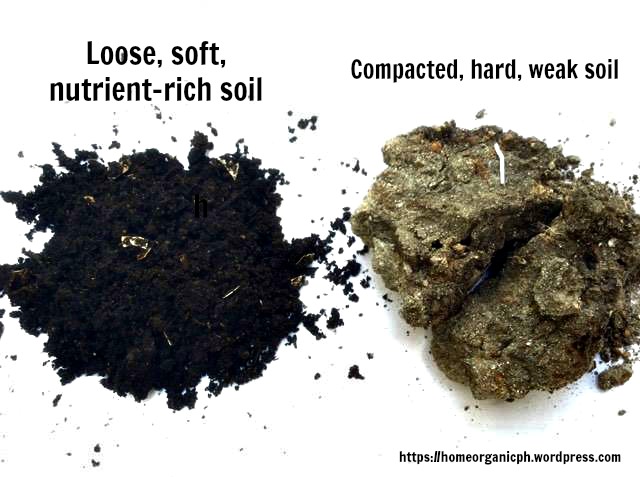
Why do I make my garden soil healthy, anyway?
- My plants love it! They grow healthy, too, giving me food that I need.
- It makes gardening easier. Because my soil is now friable (loose), I don’t have to spend time loosening it. It is also very easy to pull out the weeds.
- I avoid flooding. Flooding happens because water is not absorbed by the soil fast. By having loose soil, water seeps in fast.
As a final note, I don’t use my clayey soil at all. Instead, I built a raised bed (on top of the clayey soil) at minimum 8 inches height. The plants that I grow on the raised bed, as well as the worm eggs from vermicast, will loosen the clayey soil over time. Of course, I also use this soil in all my pots and containers.
As they say, “the secret is in the soil”. Now that the secret has been revealed, happy garden soil amending, and message me for any feedback!
================================================================

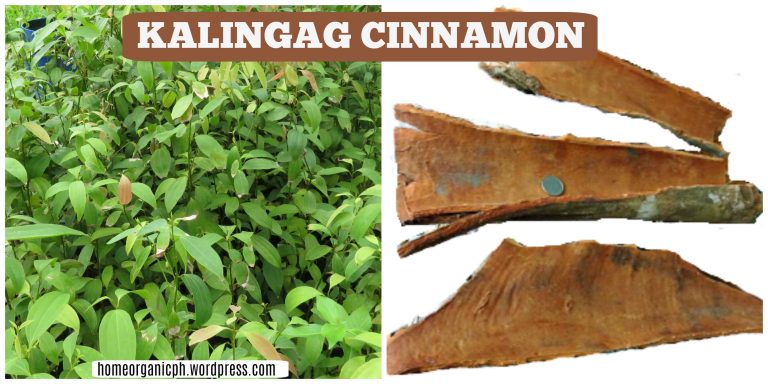


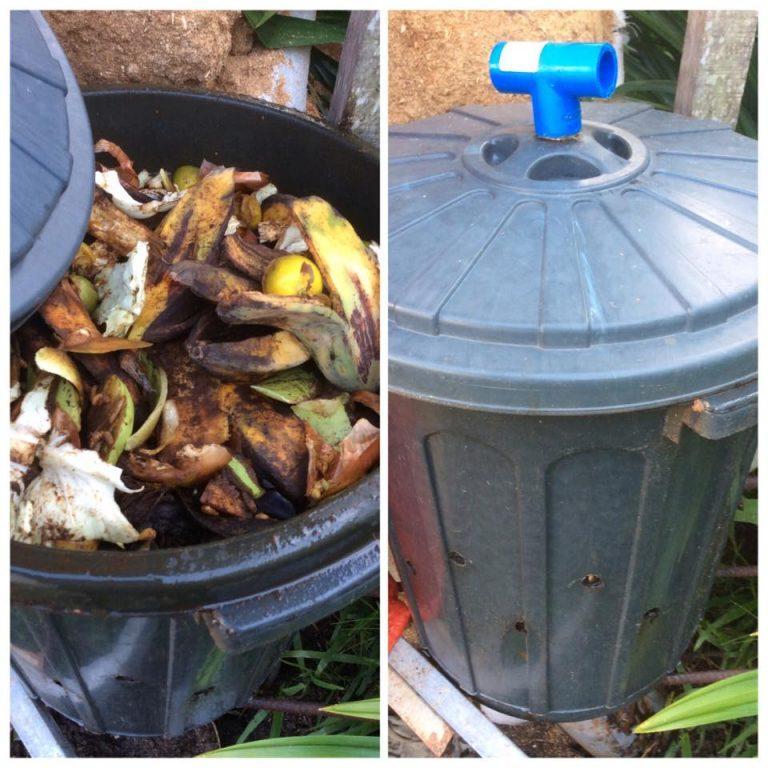
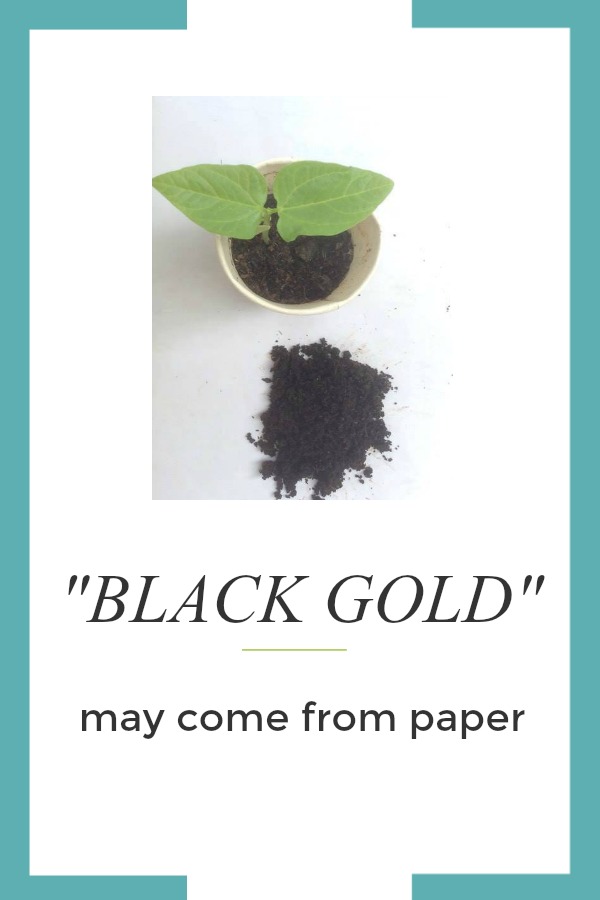
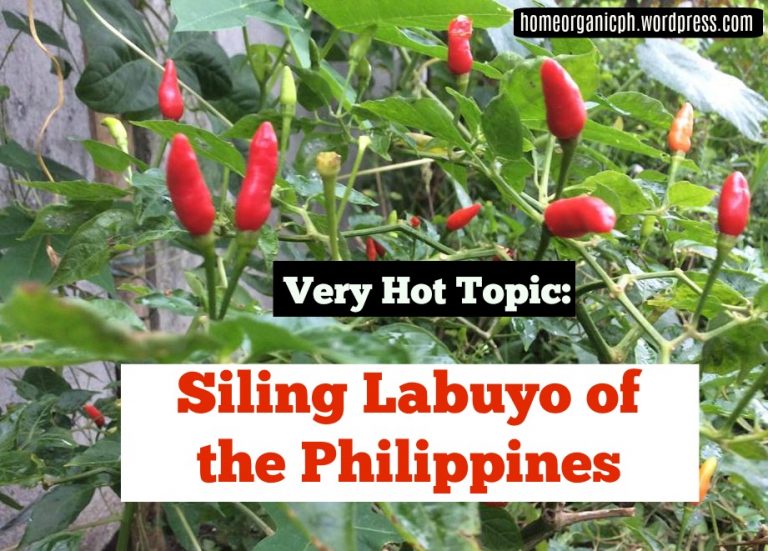
How long do you expose sawdust to sun and rain before you can use it as soil???
Hi Cynt, when I get sawdust from the mill, it has been there usually for around a month. Then I expose it for around 6 months, then I start using it. It will continue to decompose, and if your gardening in container, you will find the soil will become half full (as the sawdust decomposes). Just keep adding the soil mixture as you go along. As a caution, some sawdust come from wood that has been treated with chemicals, and I know that it’s really hard to find some that are chemical-free. Good luck.
Is coco lumber sawdust okey to use? Thanks.
Yes, I used coco lumber sawdust, too.